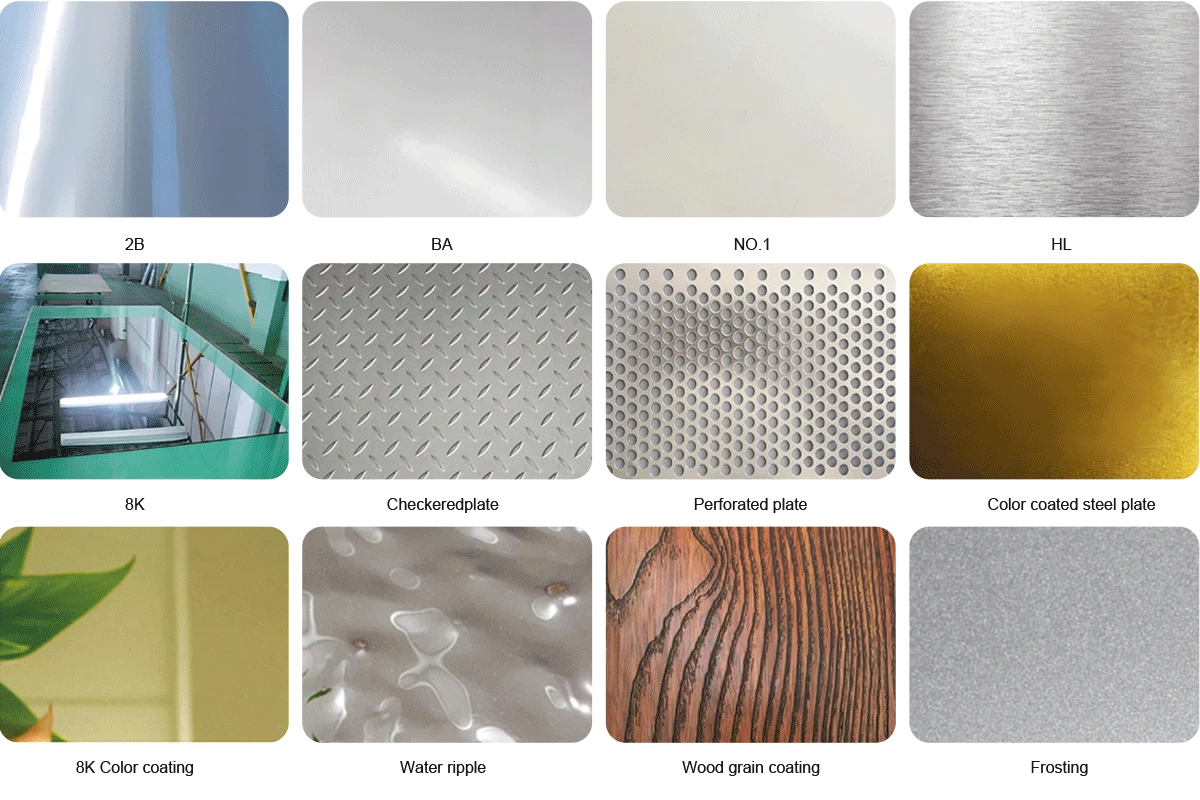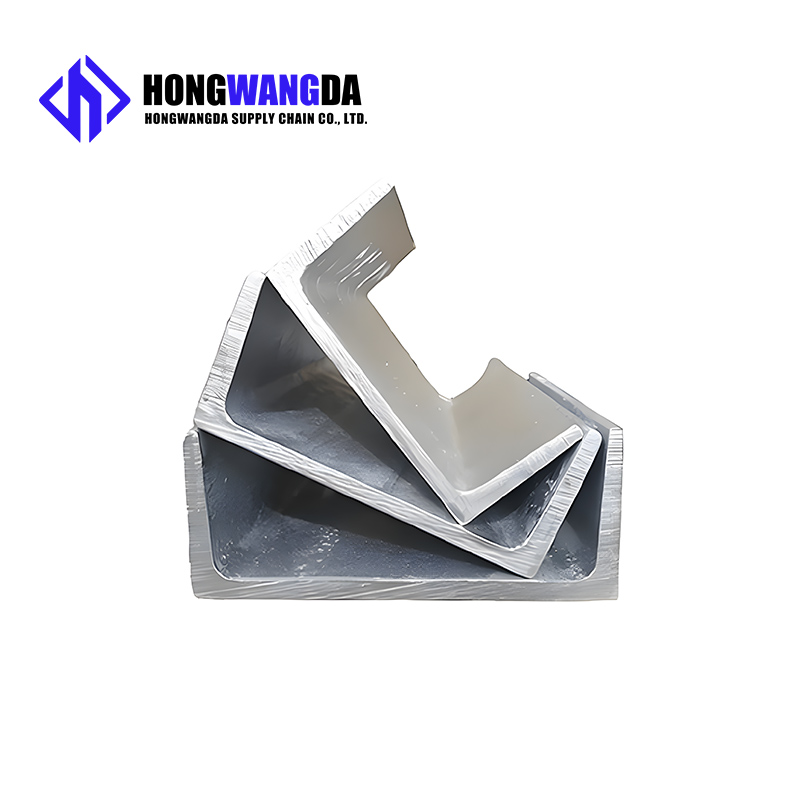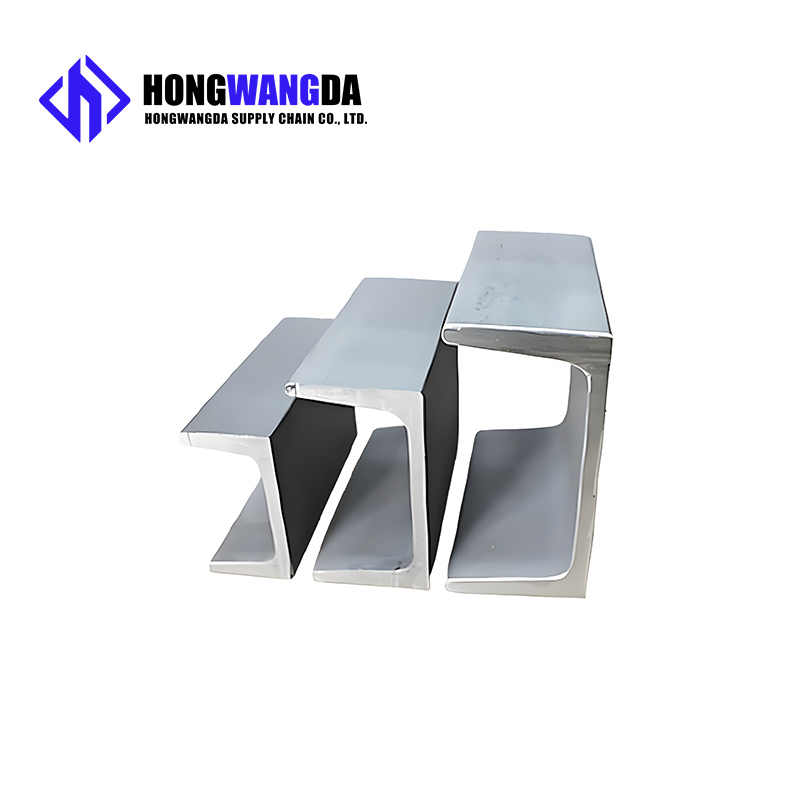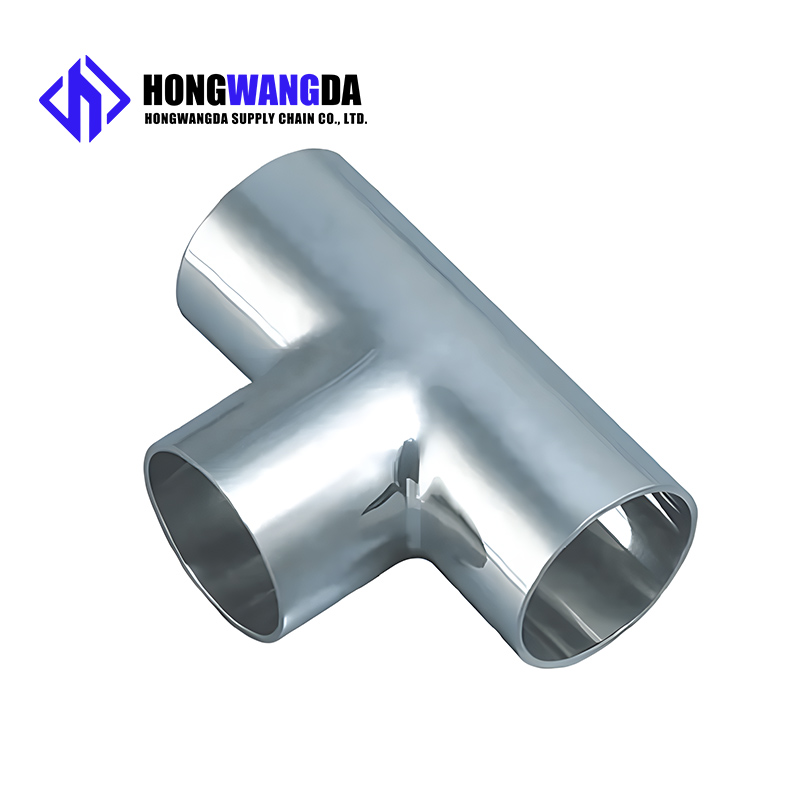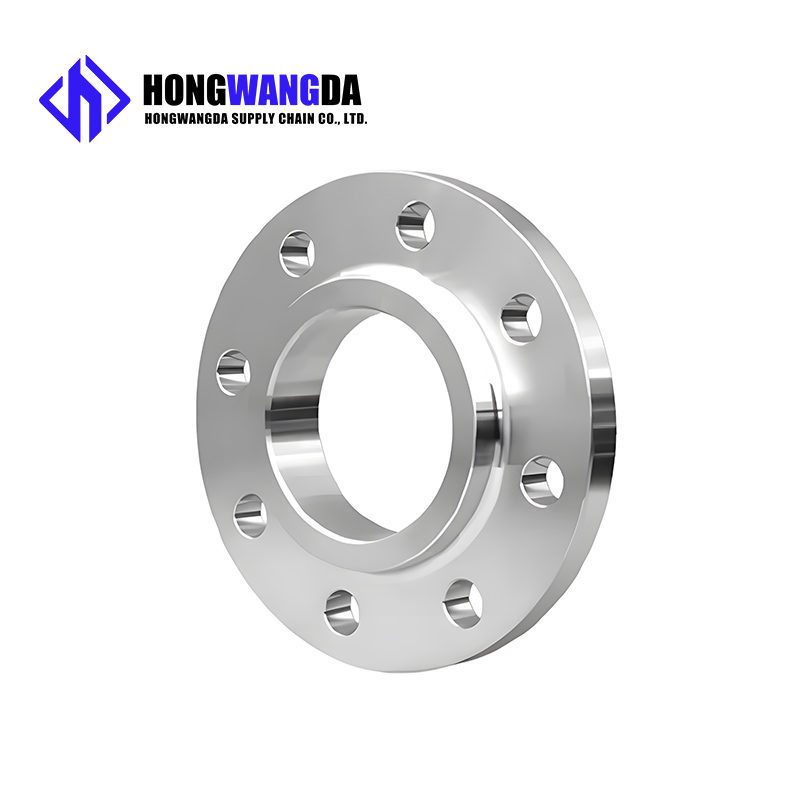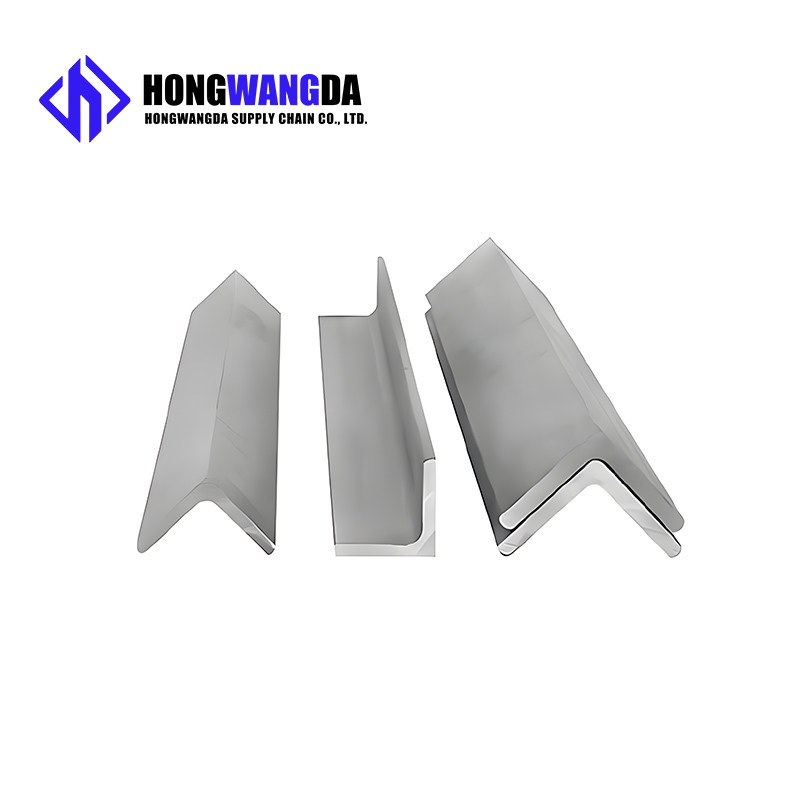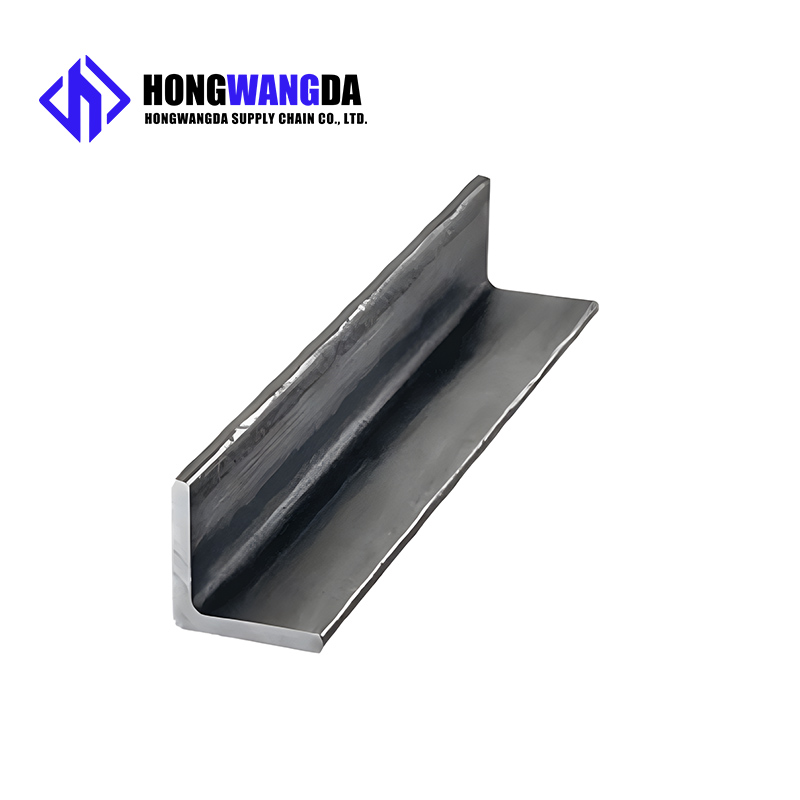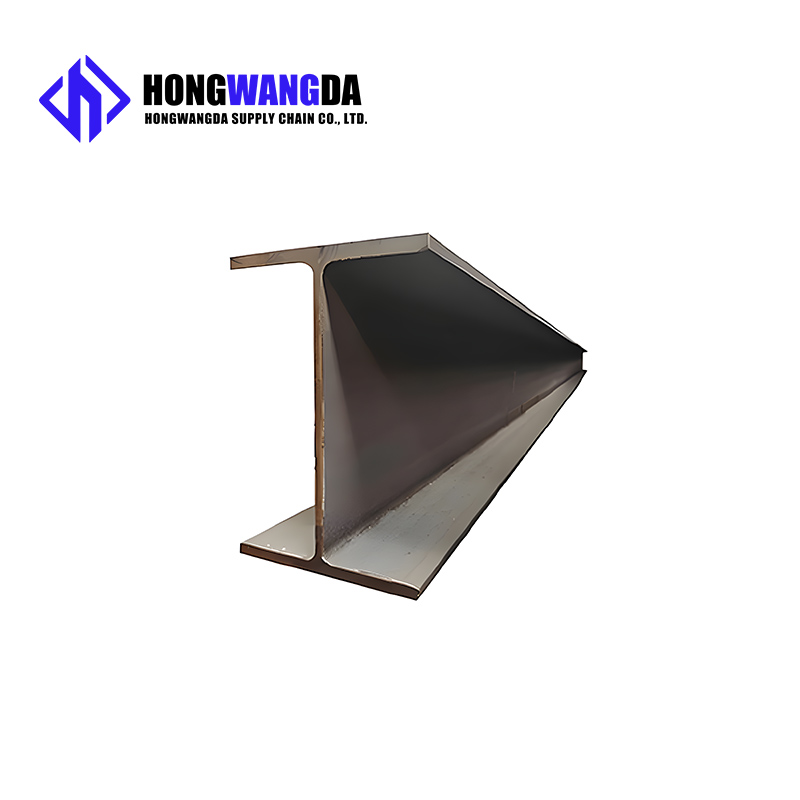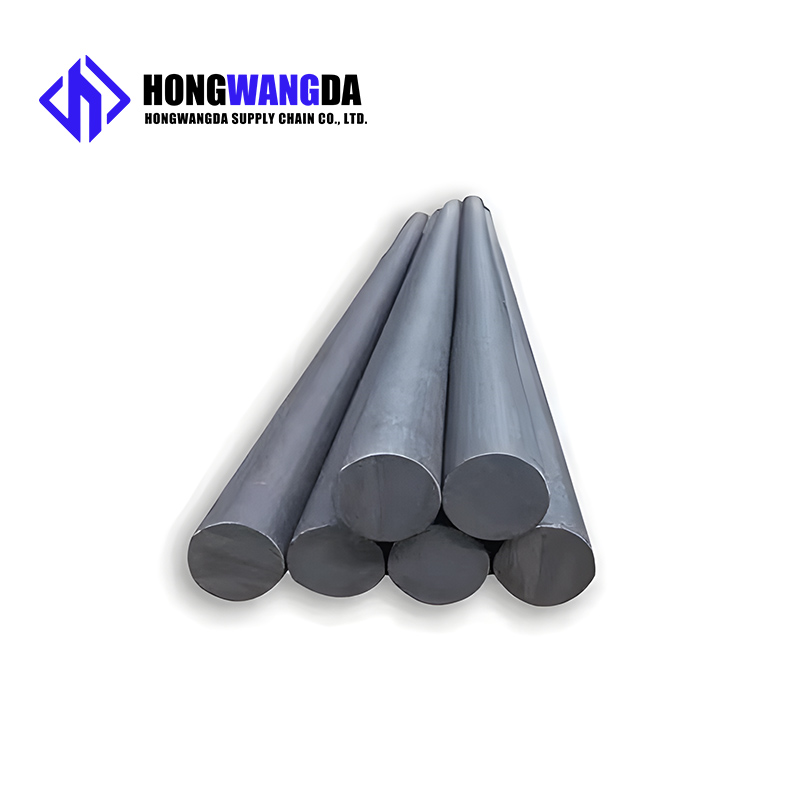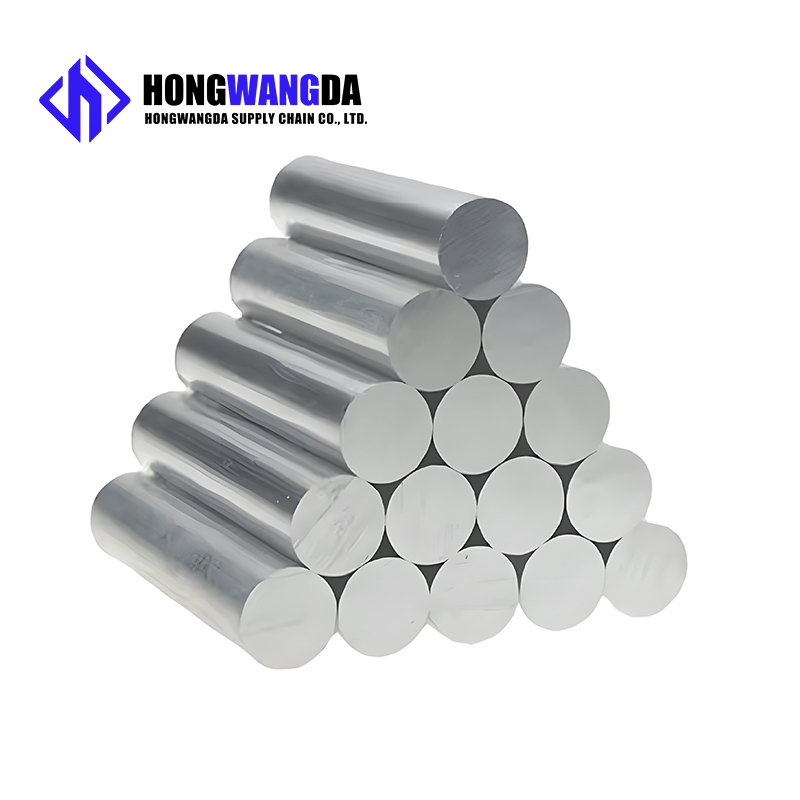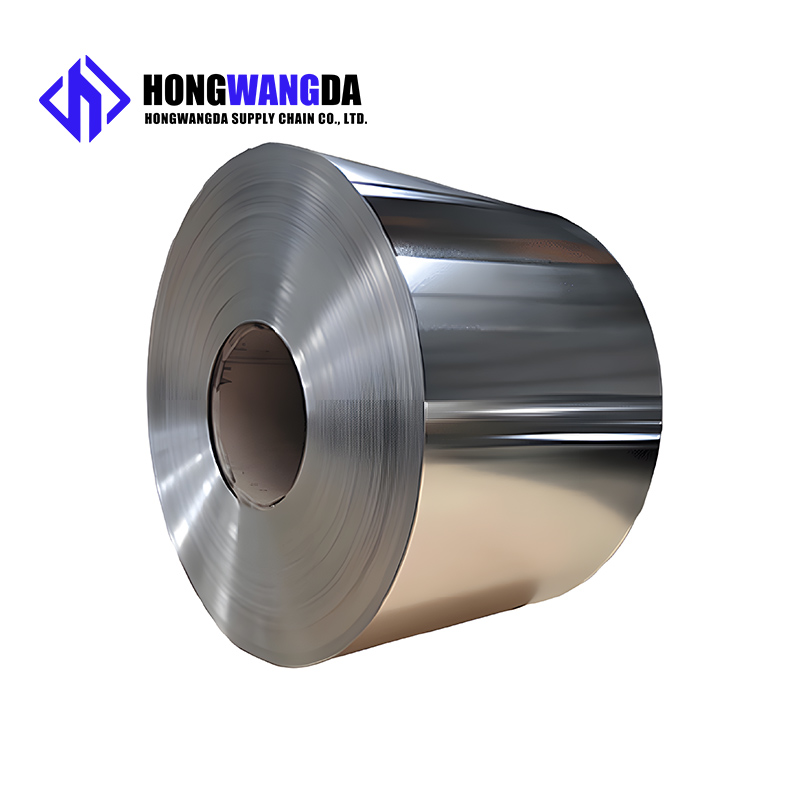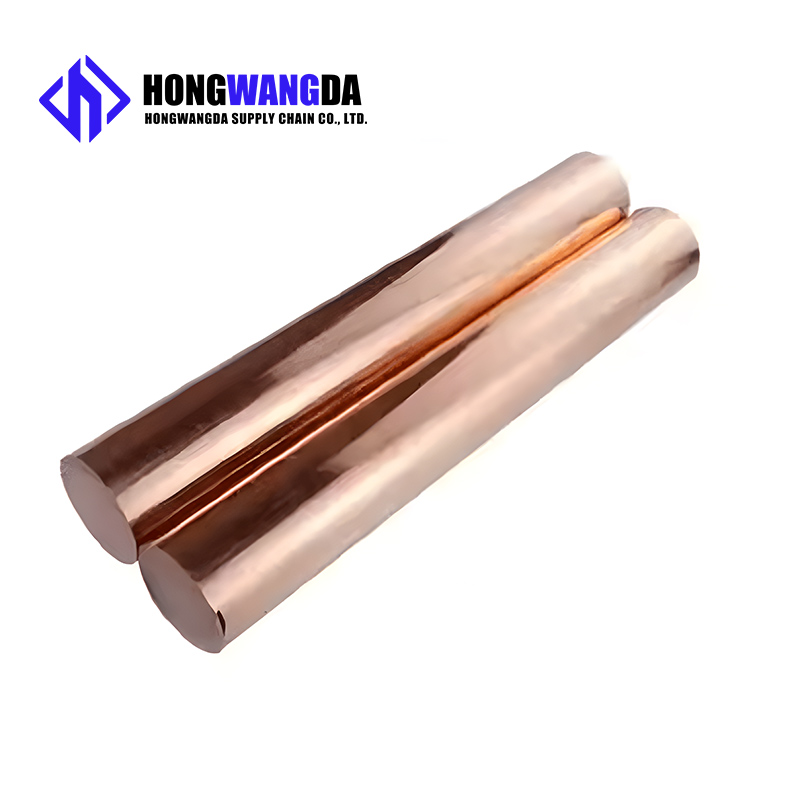| SURFACE |
CHARACTERISTIC |
SUMMARY OF MANUFACTURING METHOD |
APPLICATION |
| NO.1 |
Silvery white |
Hot rolled to specified thickness |
Do not need to have a glossy surface use |
| lackluster |
| NO.2D |
Silvery white |
After cold rolling, heat treatment and pickling are carried out |
General material, deep material |
| NO.2B |
Gloss is stronger than No.2D |
After No.2D treatment, the final light cold rolling is carried out through the polishing roller |
The general material |
| BA |
As bright as a sixpence |
No standard, but usually a bright annealed surface with high reflectivity. |
Building materials, kitchen utensils |
| NO.3 |
Rough lapping |
Grind with 100~200# (unit) strop tape |
Building materials, kitchen utensils |
| NO.4 |
Intermediate grinding |
Polished surface obtained by grinding with 150~180# strop abrasive tape |
Building materials, kitchen utensils |
| NO.240 |
Fine lapping |
Grinding with 240# strop abrasive tape |
kitchenware |
| NO.320 |
Very fine grinding |
Grinding was carried out with 320# strop abrasive tape |
kitchenware |
| NO.400 |
The luster is close to BA |
Use 400# polishing wheel to grind |
General timber, building timber, kitchen appliances |
| HL |
Hairline grinding |
Suitable particle material for hair stripe grinding (150~240#) with many grains |
Building, construction material |
| NO.7 |
It's close to mirror grinding |
Use a 600# rotary polishing wheel to grind |
For art or decoration |
| NO.8 |
Mirror ultrafinish |
The mirror is ground with a polishing wheel |
Reflector, for decoration |
